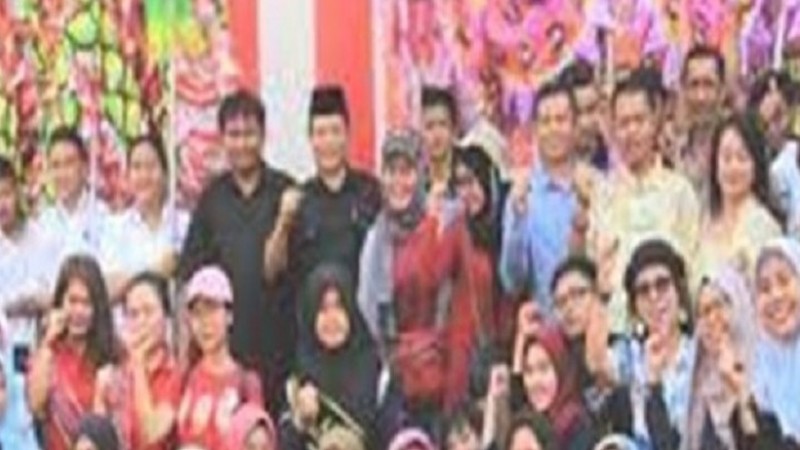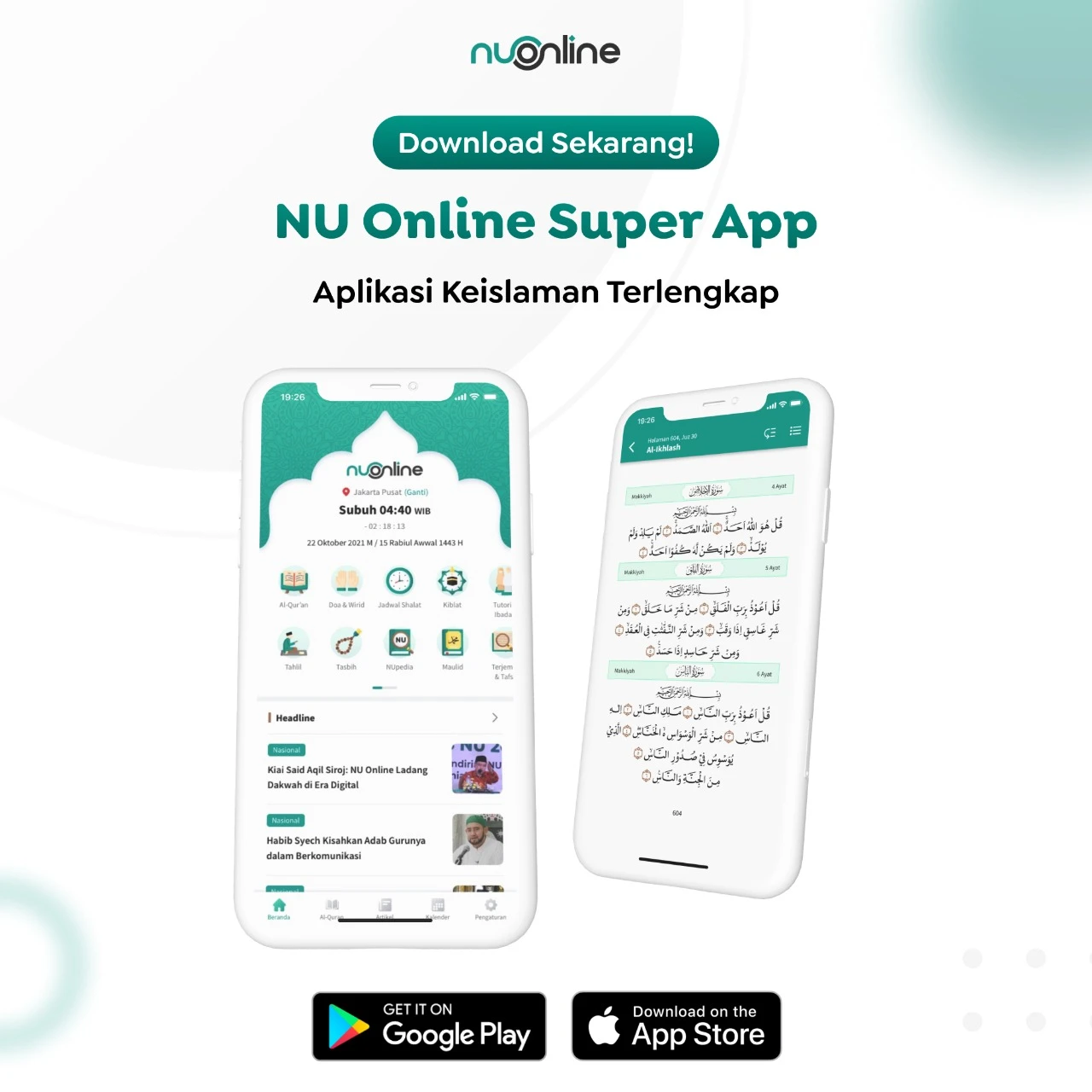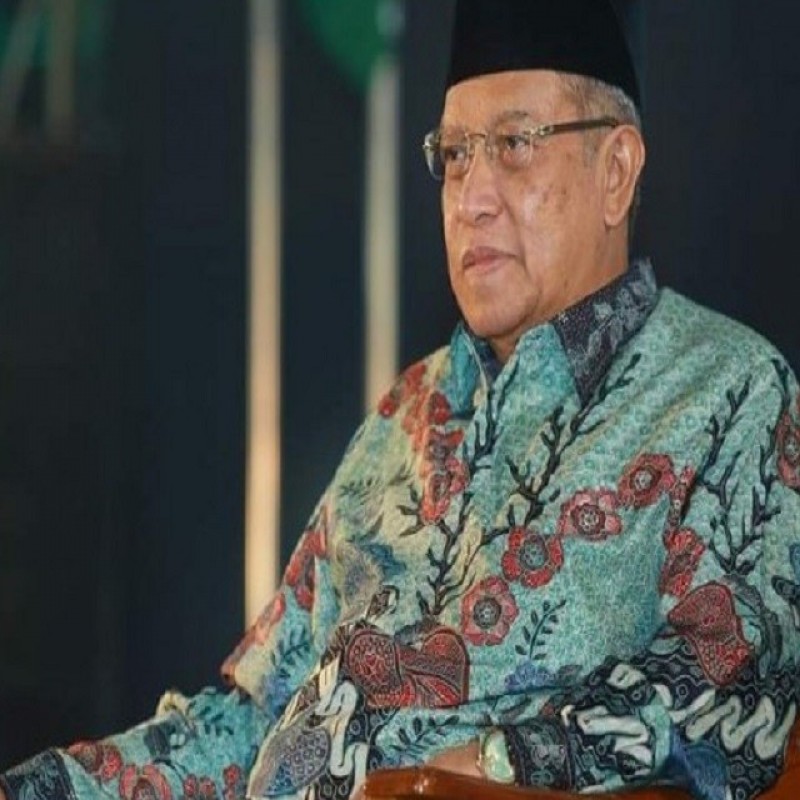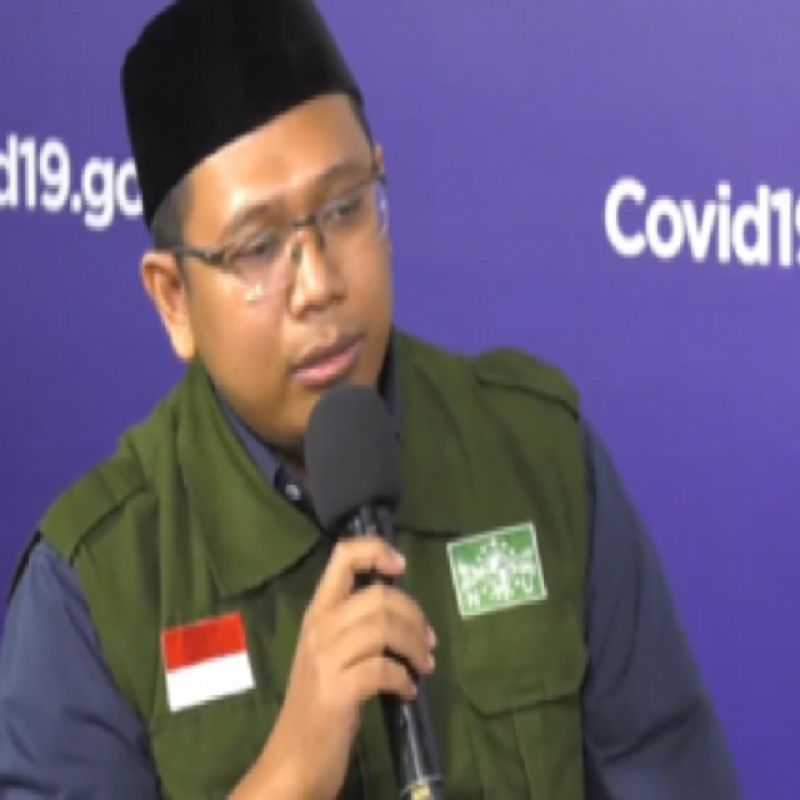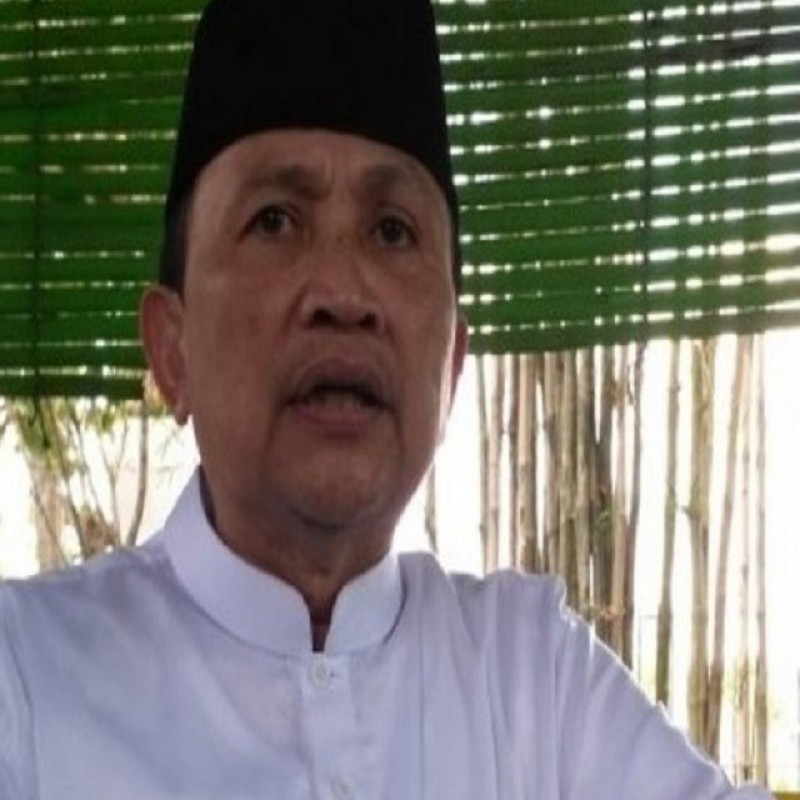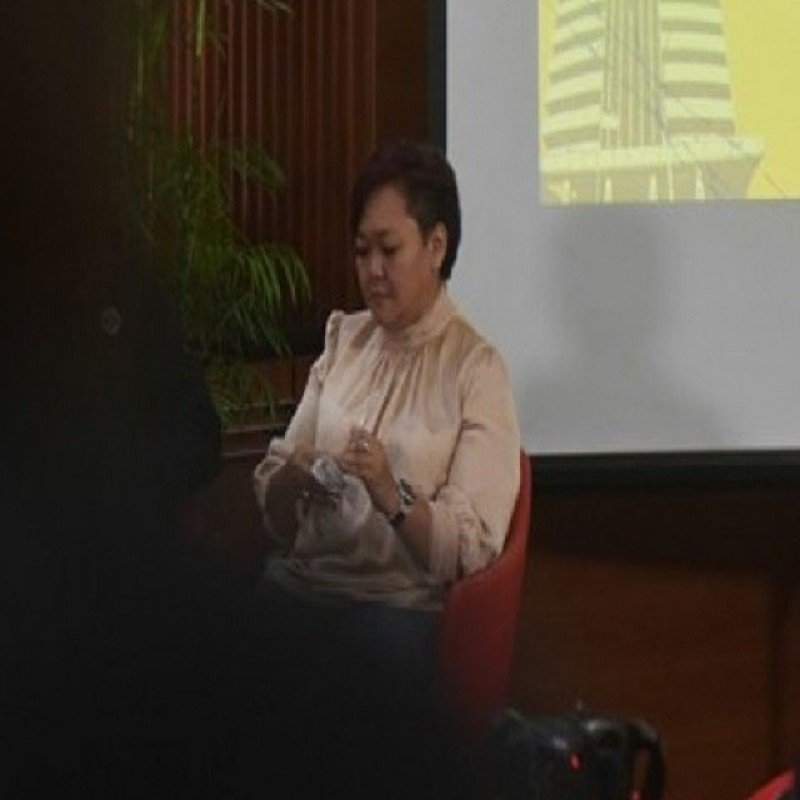Religious acculturation of Chinese ethnic group in China Benteng Tangerang City
NU Online · Kamis, 17 Juni 2021 | 11:41 WIB
There are several models of adaptation of the Chinese ethnic in the context of culture and religion in Indonesia. First, the model of building cultural awareness and the spirit of Indonesian nationalism and at the same time they persist with their religion, Confucianism.
Second, merging with Indonesian culture and nationalism and followed by their religious conversion to the majority religion in Indonesia, namely Islam. Third, becoming a separate color or keeping their cultural identity and trying to be part of the ethnic, cultural and religious diversity in Indonesia.
These are the findings of a research conducted by Elma Haryani as stated in her article titled Masyarakat China Benteng Kota Tangerang dan Model Ketahanan Budaya Keagamaan. The article is published in the Jurnal Lektur Keagamaan, Vol .18, No. 2, 2020 published by the Ministry of Religious Affairs' Training and Education Research and Development Agency in 2020.
Elma also revealed that the China Benteng community had begun to occupy the location along the Cisadane River approximately since 1830. They are known as people with a low standard of living but are loyal in preserving their ancestral customs and traditions, and they are also willing to have fruitful dialogues with local cultures.
"Various political events in the country that involve them in the development of development in Indonesia, advances in education and technology have brought changes to the people of China Benteng. However, the changes having occurred do not necessarily end both the cultures and the traditions of China Benteng," wrote Elma Haryani.
In addition, there is a recent finding that the Chinese ethnic living in Tangerang City are almost a quarter of the total population of Tangerang City. The large number of Chinese residents in Tangerang has given rise to the phenomenon that Tangerang is one of the concentration areas of the Chinese ethnic group in Indonesia.
The presence of Chinese ethnic in Tangerang has spread in such a way. Several Chinese descendants are scattered in Tangerang such as Teluk Naga, Mauk, Pasar Kemis, Sepatan, Kresek. They came to the area via the river. Meanwhile, those coming from mainland (Jakarta) mostly live in sub-districts such as Tangerang, Cipondoh, Batu Ceper, Cikupang, Ciledug, Cipondoh, Serpong, Pondok Aren, Curug, Jatiuwung, Ciputat, Legok, Tigaraksa and Balaraja.
The researcher basing her findings on other literatures said that their arrival was coincided with the arrival of Zheng He's expedition to the archipelago. It is stated in the Tangerang City profile book that a boat came from China carrying around 100 people and was stranded at the mouth of the Cisadane River. The arrival of massive Chinese people happened again when China experienced a revolution in 1920-1930. They came in waves leaving China and visiting certain areas in Tangerang.
It is known that they lived in three areas, namely Gang Kalipasir, Gang Tengah (Cirarab), and Gang Gula (Cilangkap). In the late 1800s, a number of Chinese people were relocated to the Pasar Baru area and spread to other areas. Pasar Baru in the past was a place for transactions (barter system) for Chinese goods that came through river with local residents. It was also mentioned that the people of China Benteng had various beliefs, such as Buddhism, Confucianism, and Taoism. There are also various houses of worship such as temples, monasteries, as well as mosques. Of the total population, the Chinese ethnic in Sukasari accounted for 30 percent of the total population of the sub-district of 19,279 people in 2010.
Interestingly, the researcher also found that over time, the Chinese community tried to blend in with local people and some of them married local people. Thus, the black-skinned China Benteng generation could slightly be differentiated from other Chinese descendants, such as the white-skinned Chinese people.
The mixture of Chinese and local residents produces a unique culture. At weddings, for example, Betawi women usually wear rocking flowers, while Chinese men wear hats with tied hair. In addition, the acculturation of cultures gave birth to a blend of cultural arts such as cokek, kromong xylophone music, and lontong cap gomeh.
The researcher used an ethnographic approach. This approach is expected to obtain an adequate description as well as deep interpretation and meaning to understand the existence of the China Benteng community. The China Benteng community was chosen as the case for considering that this community has special characteristics, namely the village where the Chinese community has been living for centuries. The China Benteng community is also a symbol of the existence of Chinese descendants in Tangerang City and its surroundings.
This research is expected to be useful to see proportionally how the Indonesian people should view the presence of the Chinese ethnic group in the cultural context in Indonesia. The aim of the research is to trace the construction of religious acculturation between Chinese ethnic and other social groups in China Benteng Tangerang City, Banten. This research is expectedly aimed at understanding the existence of the Chinese ethnic group which has recently been highlighted as a new stimulant as well as a new challenge for some Indonesians.
Reporter: Rahmad Salam
Editor: Sudarto Murtaufiq
Terpopuler
1
Koalisi Masyarakat Sipil Nilai Pidato Prabowo Tak Singgung Ketidakadilan Sosial dan Kebrutalan Aparat
2
Prabowo Sebut Polisi yang Langgar Hukum dalam Penanganan Demo Akan Ditindak
3
Jadwal Puasa Sunnah Sepanjang Bulan September 2025
4
Prof. Moh. Koesnoe, Cendekiawan NU Kaliber Dunia: Ahli Hukum Adat dan Pendidikan
5
DPR Jelaskan Alasan RUU Perampasan Aset Masih Perlu Dibahas, Kapan Disahkan?
6
Penangkapan Direktur Lokataru Delpedro Marhaen oleh Polisi Dinilai Keliru dan Salah Sasaran
Terkini
Lihat Semua

